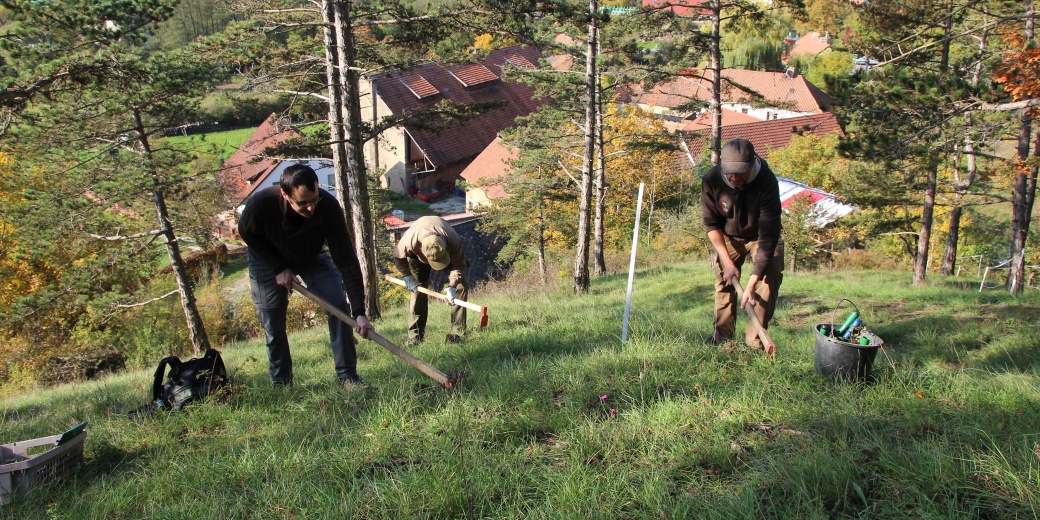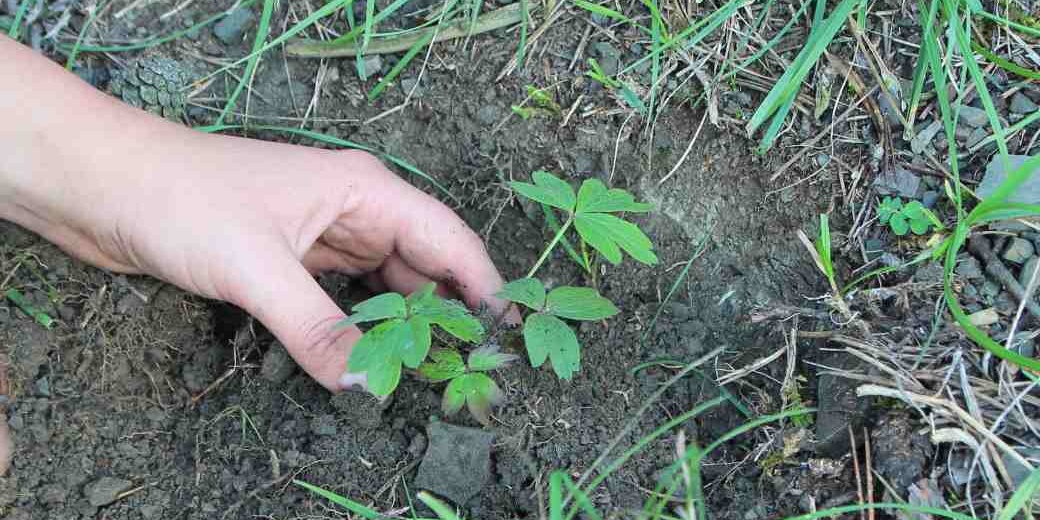The Eastern Pasqueflower in the Bohemian Karst After Sixty Years - Nature Conservation Agency of the Czech Republic
All news
null The Eastern Pasqueflower in the Bohemian Karst After Sixty Years
The Eastern Pasqueflower in the Bohemian Karst After Sixty Years
25. 10. 2022
However, this is not a sensational discovery of a population hidden for decades, the reason for its comeback lies in the plantings that constitute a part of a conservation programme for this species. The species action plan is coordinated by the Nature Conservation Agency of the Czech Republic.
In early spring, the Eastern pasqueflowers stun when open with their large blue-purple flowers. But the places where they can be seen are diminishing. Over the course of the 20th century, there has been a dramatic decline in the number of individuals and places where Eastern pasqueflowers grow. This was mainly due to changes in the management. Traditional methods of grassland management such as grazing, hand mowing and raking are no longer practiced. A large number of sites have disappeared due to fallow land – such places sooner or later became overgrown with bushes and the Eastern pasqueflowers do not thrive on them. At present, it occurs naturally at only 24 sites in our country.
“In the rescue program we plan to plant the Eastern pasqueflower in the places where it grew in the past. These are chosen carefully, not only with the needs of the species in mind, but also with the future in mind. Ownership relationships must be clarified and regular care for the future must be ensured. In the Bohemian Karst we chose forest-steppe slopes with shale bedrock above the village of Hostim near Beroun," explains Petr Vít from the Nature Conservation Agency of the Czech Republic, coordinator of the species action plan.
More than sixty plants were planted near Hostim. These plants were grown from seeds in the Zoological and Botanical Garden of the City of Pilsen and the Botanical Garden of the Capital City of Prague. The source of the seeds from which the Eastern pasqueflowers were grown can be easily traced - they originate from plants from Líšnice site near to Prague. This site is not very prospective for the future and thus the planting in the Czech Karst represents its backup. Before planting the Eastern pasqueflowers, the slopes near Hostim had to be adapted. There were ponies grazing under the supervision of the local Třesina association. This association will continue to support the maintenance of the planting sites. Compared to the sheep grazing, the ponies have the advantage of avoiding the Eastern pasqueflowers and not grazing them.
Photos by: Petr Vít, Lucie Pešová, Radek Fišer

koniklec otevřeny Radek Fišer

Koniklec otevreny vysadba 2

Koniklec otevreny vysadba 3